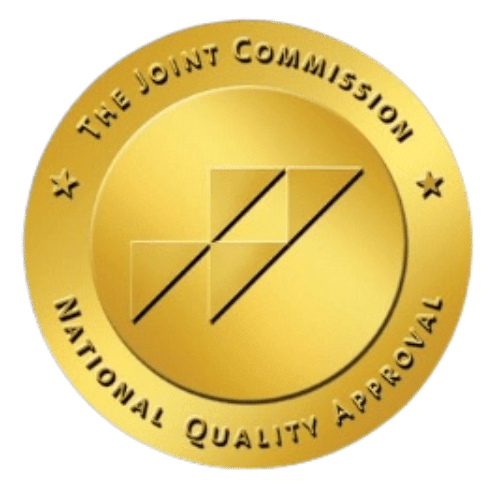Relational trauma arises in the context of our relationships — especially those that are closest to us. Unlike a single terrifying event, relational trauma develops over time when trust, safety, and emotional connection are repeatedly broken. At Hammocks on the Edisto, we understand how vital healthy relationships are—and how deeply wounding their absence or distortion can be.
How Can Relational Trauma Occur?
Relational trauma often begins in childhood, where our primary caregivers should offer us love, reliability, and protection. However, when caregivers:
- Dismiss or neglect our feelings
- Use affection conditionally
- Invalidate our emotional experiences
- Violate boundaries
…we may learn early on that love and safety aren’t dependable. These early wounds, especially from parents or other primary caregivers, shape our sense of self, trust, and connection long after childhood fades.
Signs & Effects in Adulthood
Relational trauma is often invisible, yet its effects ripple loudly through our adult lives. You might notice patterns like:
- Difficulty trusting others—even well‑intentioned loved ones
- Staying on guard or feeling emotionally distant
- Intense fear of abandonment, rejection, or criticism
- Repeating old relational patterns (“loving the unavailable,” people‑pleasing, boundary breakdowns)
- Chronic anxiety, depression, shame, or anger
- Trouble regulating emotions or forming a stable sense of self
These symptoms are our nervous systems’ response to a relational world that once felt unsafe or unpredictable.
Why Relationships Matter in Healing
At Hammocks on the Edisto, healing from relational trauma isn’t just about introspection—it’s about engaging in conscious, new relational experiences that provide safety and trust. Here’s how we approach it:
Safe Therapeutic Presence
Your therapist or care provider offers consistency, attunement, and acceptance. These experiences can gradually undo internalized beliefs that relationships are unreliable or unsafe.
Embodied Regulation
We teach tools to help calm down stress in your body—because trauma lives in the nervous system. Practices like breathwork, grounding, or gentle movement rewire your response to emotional triggers.
Repairing Through Connection
We lean into relationships—within therapy, with peers, and eventually in everyday life—with honesty, validation, and integrity. These repair moments reprogram your brain’s expectation for safety and reciprocity.
Learning New Patterns
With repeated experiences of empathy, consistency, and mutual respect, you learn that you deserve more than survival-level relationships. You deserve connection that nurtures, heals, and empowers.
Hope Is Possible
Yes, relational trauma leaves traces. But just as it formed over time, it can be healed—over time, through relationships grounded in compassion, slowness, and truth. At Hammocks on the Edisto, we stand alongside you to build what you may have never had: safety in connection, trust in others—and most importantly, trust in yourself.
If relational wounds have shaped your life, know that you’re not broken—and you’re not alone. Therapy here is a place to pause, tend to your painful parts, and learn a new way to live. A way where connection brings flourishing, not fear; where your heart reopens to trust; where your relationships gently reflect the restorative love you’ve always deserved.
Reach out today for a warm conversation about what recovery from relational trauma can look like—with empathy, patience, and respect, right here on the Edisto.







